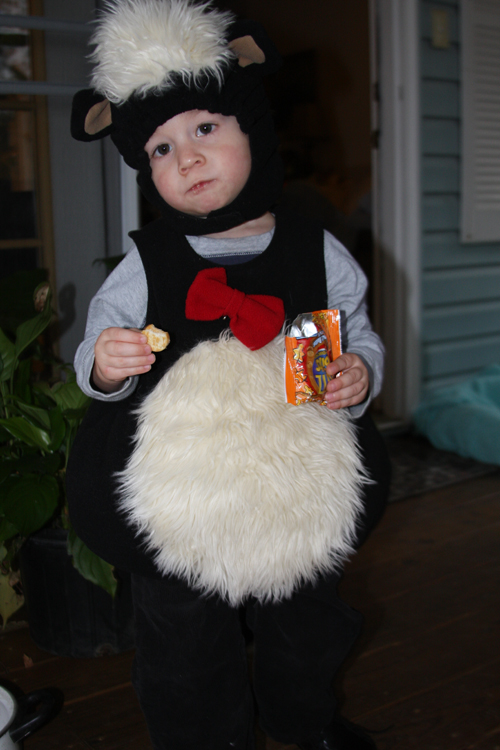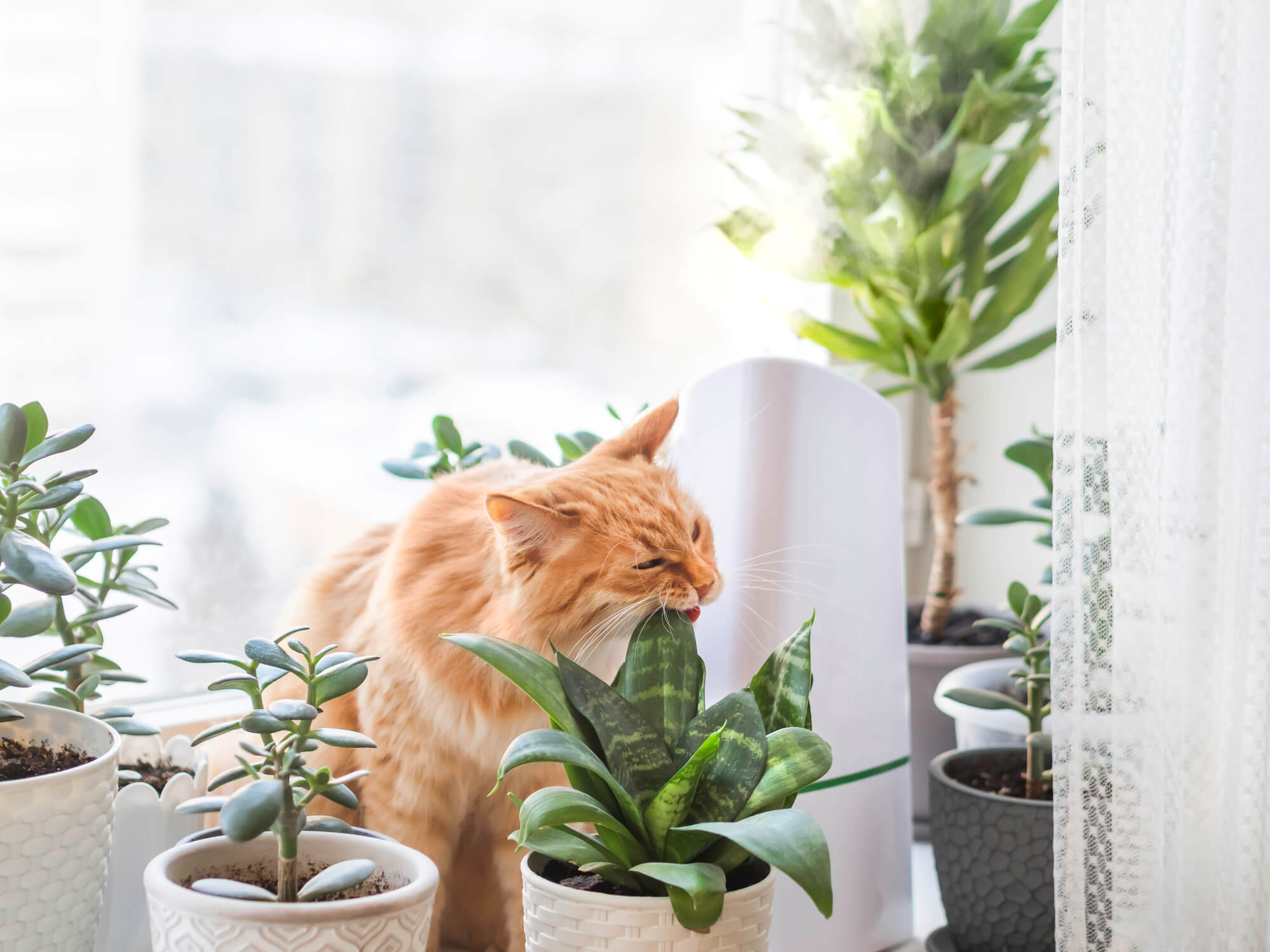Halloween is a time of costumes, merriment and good fright. It can also cause anxieties. Children think of candy, candy, candy. Parents think of stranger danger, allergic reactions and upset stomachs.
According to Judy Harrison, a University of Georgia Cooperative Extension foods specialist, Halloween presents three major hazards: food allergens, choking hazards and product tampering.
“For a child with food allergies, Halloween can be life-threatening,” she said. “Parents need to be sure to examine the labels of candy before the child eats the treats.”
Choking, in particular for young children, is another danger. Hard candy is the obvious choking hazard, but Harrison warns that parents need to be wary of gum, peanuts, popcorn and small toys, too. Parents should remove items that can be choking hazards from their children’s Halloween bags.
Product tampering looms in parents’ minds on Halloween. They need to be on the lookout for anything that looks suspicious and check that the packaging is not open, torn or tampered with in any way.
Parents should examine packages for signs of exposure to moisture, too, which can lead to contamination. “Although these food-safety risks are rare, they do occur. Parents need to be aware of them,” she said.
Along with food safety, nutrition is a major concern for parents on Halloween due to the large consumption of sugar-filled delights.
“Candy is never as nutritious as other foods, but some is OK as long as it is eaten in reasonable amounts,” said Connie Crawley, a UGA Extension nutrition and health specialist. “Parents can offer one to two small pieces per day over a few days, and then the rest can disappear.”
Children often tell their parents that Halloween lasts only one day, so they should be allowed to eat whatever they want on that day. “The problem is that rarely is it one day, and it just begins a whole season of overeating if we are not careful,” Crawley said.
Crawley has several ideas for healthier Halloween party treats. Homemade pumpkin muffins, popcorn, apples, vegetables with low-calorie dips and sandwiches cut into shapes of pumpkins or bats are all nutritious alternatives.
For children with diabetes, Halloween is an especially difficult day in terms of nutrition.
“Many children with diabetes can eat small amounts of candy if they take multiple insulin injections or if they are on an insulin pump,” Crawley said. “Some parents just substitute the carbs from other foods in the meal plan or add more insulin. The problem is this can result in excess weight gain if it is done too often.”
She also added that “if it is done moderately and with good sense, Halloween is not much risk at all” to children with diabetes.
According to Crawley, children with Type 2 diabetes may need to be more careful than children with Type 1 because “many of them are not on insulin, so they cannot cover the extra carbohydrates as easily. They definitely have to eat small amounts and substitute for other carbs in their diet.”
Both Crawley and Harrison believe that adult supervision is the key to avoiding threats on Halloween, which can be a safe and exciting day for children.





.png)


.png)
